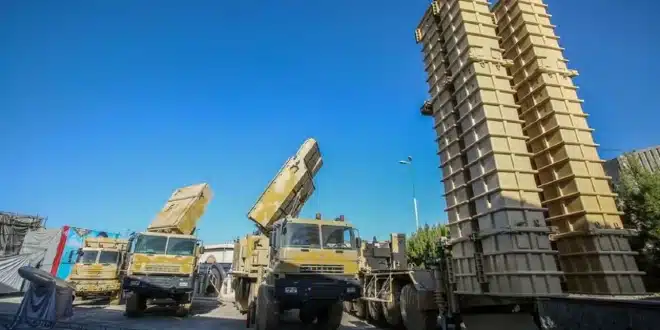Iran has declared that it is ready to respond to any new Israeli military action, unveiling that it now possesses missiles more advanced than those deployed during their recent 12-day conflict. The announcement underscores the fragile nature of the current pause in hostilities and the risk of renewed escalation in the region.
Iran’s New Missile Capabilities
Speaking on Wednesday, Defense Minister Aziz Nassirzadeh told the state-run IRNA news agency that Iran’s weapons stockpile has significantly evolved.
“The missiles used in the 12-day war were manufactured years ago,” he said. “Today, we have developed missiles with far greater capabilities, and if the Zionist enemy dares to start another adventure, we will undoubtedly use them.”
Iranian military sources also confirmed that the army will launch a two-day military drill starting Thursday, testing a variety of short- and medium-range cruise missiles as part of its deterrence strategy.
The June Conflict and Its Aftermath
The latest confrontation erupted in mid-June, when Israel launched a large-scale bombing campaign against Iran. The strikes targeted military installations, nuclear scientists, senior commanders, and residential neighborhoods, causing hundreds of casualties.
Iran retaliated with waves of missile and drone attacks, while the United States briefly entered the conflict by striking Iranian nuclear facilities. The fighting, which lasted 12 days, came to a halt with a fragile ceasefire on June 24.
However, Iranian leaders continue to stress that the truce does not amount to a lasting peace. First Vice President Mohammad Reza Aref warned earlier this week that “we are not even in a ceasefire; we are in a cessation of hostilities,” adding that the country must remain ready for confrontation “at every moment.”
International Reactions and Ongoing Concerns
The buildup of Iran’s missile arsenal has drawn repeated warnings from Western governments, who argue that it threatens stability across the Middle East. In July, France urged the pursuit of a “comprehensive deal” with Tehran that would go beyond curbing its nuclear program and also address its missile capabilities and regional influence.
Tehran, however, has consistently rejected such calls, maintaining that its military programs are non-negotiable and serve solely defensive purposes.
What This Means Going Forward
The situation highlights how precarious the current lull in fighting remains. With Israel and Iran trading threats and both sides preparing militarily, the potential for renewed hostilities looms large. For Iran, showcasing advanced missile technology serves as both a deterrent and a message to international actors that it will not scale back its defense strategy under external pressure.
For now, the ceasefire holds—but both Tehran’s rhetoric and its planned exercises suggest the region remains only a step away from another violent escalation.


